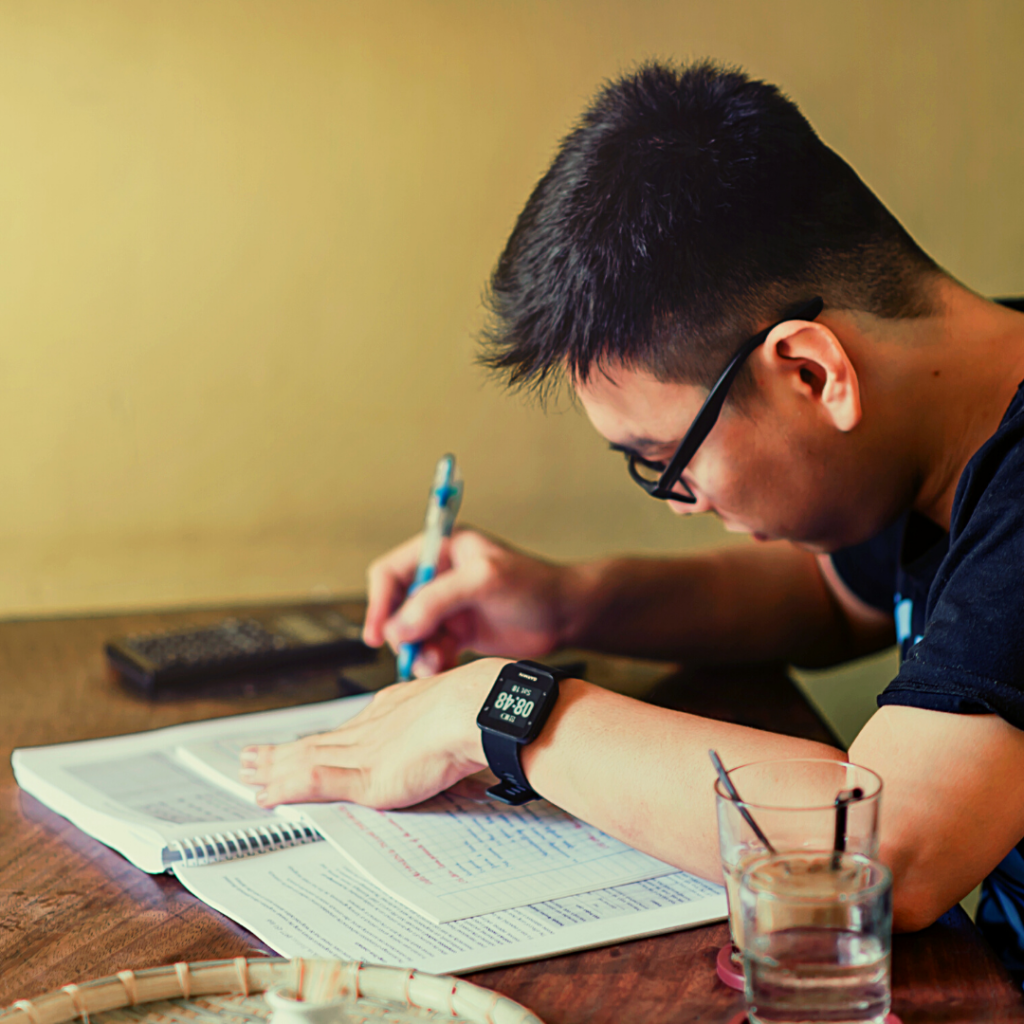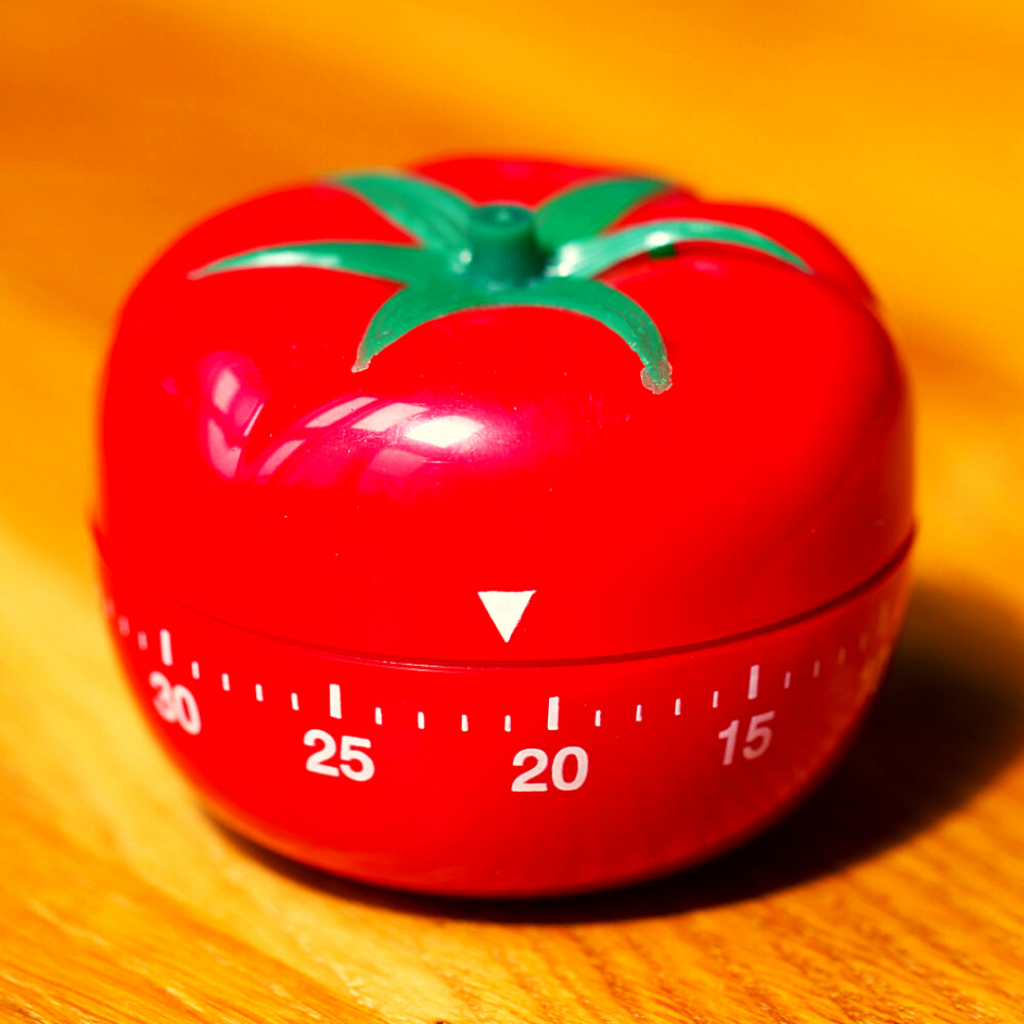Why learning how to learn?
When you invest money in a project, it is normal to expect a return. Right?
The highest is the return, the better it is.
The same with learning.
If you invest time, effort, or/and money in your education, you want to get the best out of it.
Getting a better position, generating insights, solving problems, helping others, developing oneself… We can do better at any of these things by learning how to learn.
Learning how to learn by Barbara Oakley
In one of those Talks at Google, Barbara listed tools to make us better learners.
As the top professors use metaphors and analogies to learn and teach, she used one to explain the two thinking modes of the brain.
The Focus and Diffuse Mode

Imagine your brain is a pinball.
In a focus mode, the rubber bumpers are close to each other and often you have an existing pattern.
Basically, you’re using a small area of the brain applying already learned patterns.
For example, it’s easier to solve a multiplication problem if you’ve already learned how to multiply.
But what if you encounter a problem for the first time and you have no existing pattern to solve it?
It’s here when the diffuse mode can be useful.
In this mode, the rubber bumpers are far from each other. The thoughts are circulating in a wide area of the brain.
When you’re stuck, the solution can be in a different area of the brain than where your focus point is.
To use the diffuse mode, you need to be relaxed.
You’ve probably heard it before. Some people are getting ideas while they’re showering!
Any activity that helps you get your brain off is good for the diffuse mode: cooking, running, reading…
And whatever idea you come up with during the diffuse mode, you can take it to the focus mode to work on it.
The ability to switch between the two modes helps you solve all types of problems, whatever you have an existing pattern or not.
Improve your Learning with The Pomodoro Technique

The Pomodoro technique was developed by Francesco Cirillo in the late 1980s. Pomodoro is an Italian word for tomato. Francesco had a tomato-shaped timer in his kitchen, after which the method was named.
This technique is useful for procrastination.
Anytime you’re facing an unpleasant task, you can use it.
There are six steps in the original technique:
- Decide on the task to be done.
- Set the Pomodoro timer (traditionally to 25 minutes).
- Work on the task.
- End work when the timer rings and put a checkmark on a piece of paper.
- If you have fewer than four checkmarks, take a short break (3–5 minutes) and then return to step 2; otherwise continue to step 6.
- After four pomodoros, take a longer break (15–30 minutes), reset your checkmark count to zero, then go to step 1.
This method alternates focus intervals with break periods to better our assimilation.
Sleep, Exercise, and Memory: How They Are Linked to Each Other
Did you know that you detox your brain each time you sleep?
Your brain needs to get rid of the toxins cumulated when you are awake.
If you find it hard to think clearly after being awake for a long time, it’s because of the toxins.
During the sleep mode, not only the toxins are washed away, but also the brain is creating new synaptic connections after a period of learning. The synapse is the point of communication between neighboring neurons.
While you’re learning, you’ll need new neurons to remember the new information.
Remember when we used to think we have a limited number of neurons and it doesn’t change?

Exercising is one way to create new neurons.
But it’s not enough to have new neurons, it is also important to know how we store information in them.
Basically, we have 2 types of memory: the short and long-term one.
The short-term memory- called working memory- It’s where we keep a brief thought in mind.
How do you take something from the working memory to the long-term memory of your brain?
With practice. Practice makes the information sticks by creating a deeper and deeper pattern.
And the best way to practice is by using spaced-repetition. You alternate learning days with rest ones.
It is the same principle as building a wall. You need to let the cement solidify before adding a new layer.
If you are someone like me with poor working memory, maybe you are a creative person.
Creative people have constantly other stuff slipping in. That creates a deficit of attention.
To remember new information, we just need to work harder than people with good working memory.
The Feynman Technique: the best way to learn anything
Richard Feynman is a Nobel prize-winning physicist. He assisted in the development of the atomic bomb. He was very popular for his teaching style- he could explain different concepts in a way that a child can get it.
Listen to what Bill Gates said about Feynman:
There are four steps to the Feynman Learning Technique:
- Choose a concept you want to learn about
- Pretend you are teaching it to 10 years old
- Identify gaps in your explanation; Go back to the source material, to better understand it
- Review and simplify
Talking with other people about what you’re trying to understand is like a test. Your audience will bring your attention to what you could have missed.
If you can explain a difficult concept simply, that shows you truly know your material.
The best way to learn anything is to learn with the intention to teach it to somebody else.
Josh Waitzkin: The Art of Learning
If you’ve ever seen the movie “Searching for Bobby Fischer”, you already know who Josh is. The little child chess prodigy was him.
He quit chess in his teenage to focus on Tai Chi Chuan. He became a world champion.
His book “The Art of Learning” is about mastery. Even if chess and Tai Chi are radically different arts, he could find similar patterns that allowed him to succeed in both.
And it’s all start with the mindset.
Learning Starts with the Right Mindset
Inspired by Carol Dweck’s book “Mindset”, he defines 2 learning theories:
– The fixed mindset: our skill and level of intelligence are fixed. We can’t improve. What we are born with is all we have.
– Incremental mindset: incrementally, we move from novice to master. Step by step, we can grasp difficult materials.
(I wrote about the two mindset in my article ‘Mindset or How to Hit Growth and Happiness at the Same Time’)
What is Your Goal?
How serious we are about learning will not depend only on our mindset, but also on our goal.
Josh said:
“One thing I have learned as a competitor is that there is a clear distinction between what it takes to be decent, what it takes to be good, what it takes to be great and what it takes to be among the best…”
You Are Unique
While going through the learning process it is important to embrace our style and uniqueness. We need to lean on our strengths in a way that our weaknesses become irrelevant.
Peter Drucker expressed the same idea in his book ‘Managing oneself’:
“A person can perform only from strength. One cannot build performance on weakness, let alone on something one cannot do at all.”
Invest in Loss
On the road of learning, we’ll encounter failure, which is a key component for success. This is what Josh calls Invest in Loss. To win, we need to be comfortable with losing.
Josh gave the example of Michael Jordan. Everyone knows Michael Jordan has the highest last-minute game-winning shots in the history of the NBA.
However, Jordan also has the highest last-minute game-losing shots in the history of the NBA.
And Josh added:
“What made him the greatest was not perfection, but a willingness to put himself on the line as a way of life.”
Your New Baseline
Last but not least, we skyrocket our learning progress when our best performance becomes our new baseline.
Analyze your best performance. Understand how you did it. This way you can reproduce it in a regular basis and lean on it to do even better.
Final thoughts
Learning how to learn is something I wish I knew about it earlier in my life.
I wasted a lot of time taking pages of notes and trying to remember everything. But in the end, I didn’t retain that much.
It’s a shame I carried on with an inefficient method of learning for years. Even I started believing that I can’t be a good learner.
So It’s critical for us, the lifelong learners, to know how to get the best out of what we’re learning.
